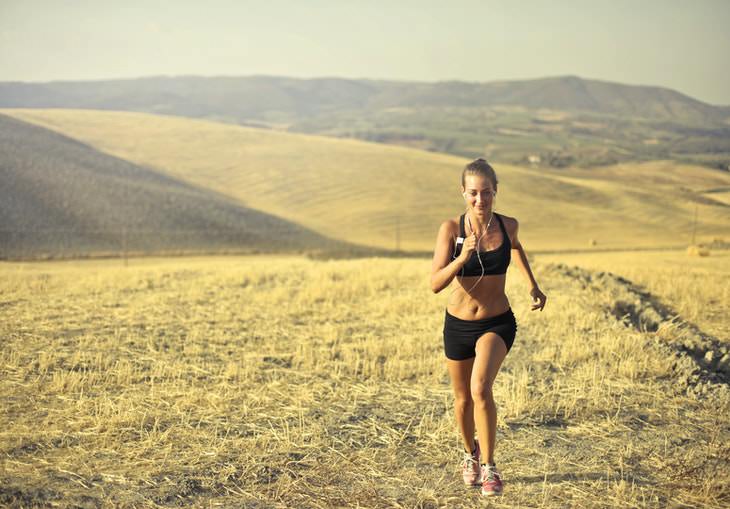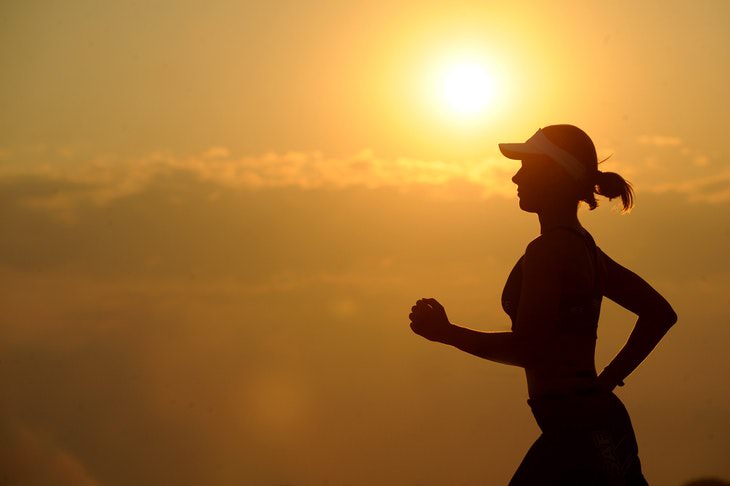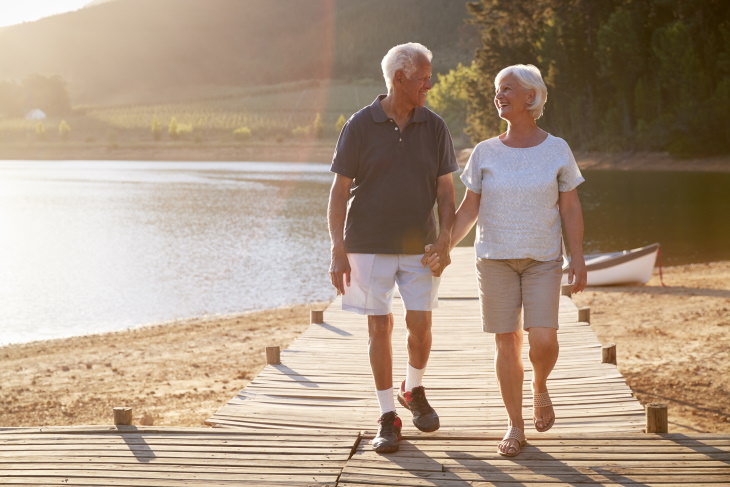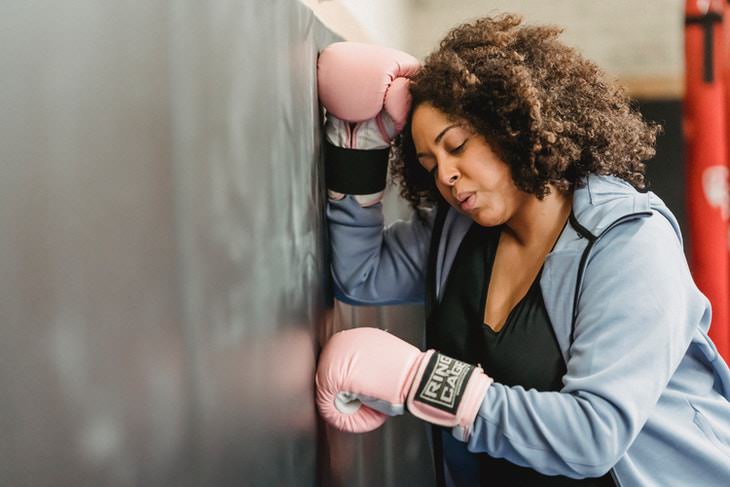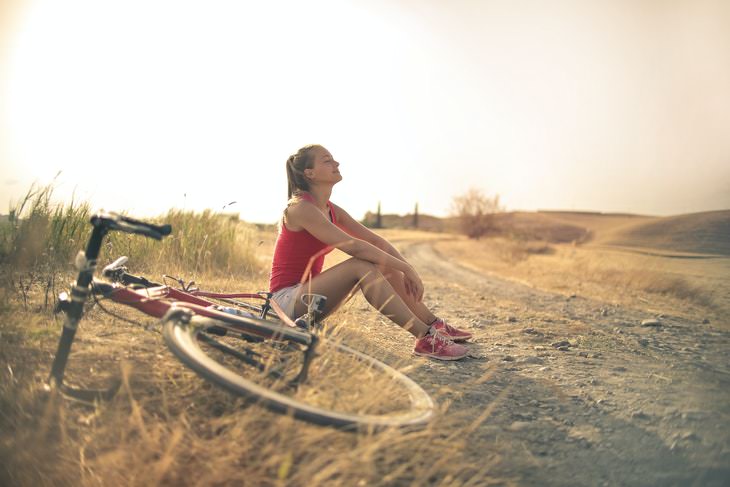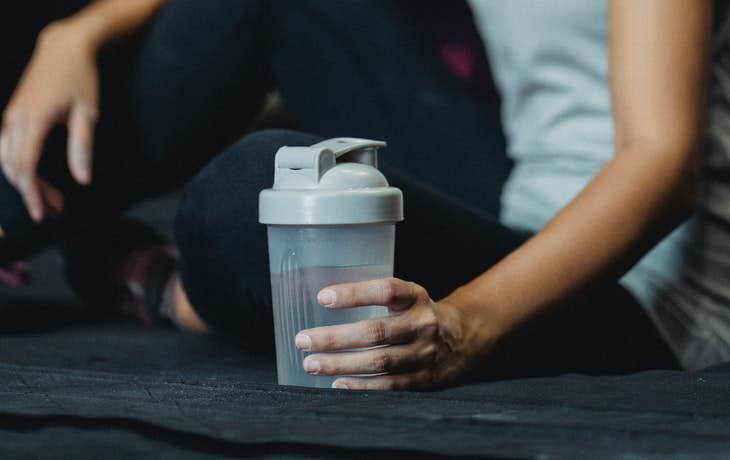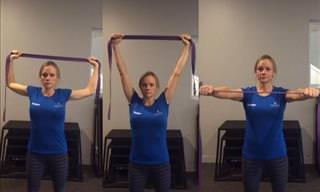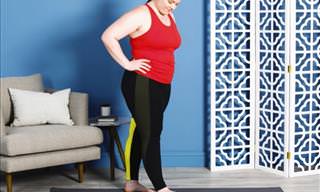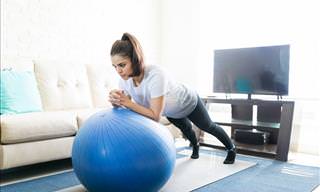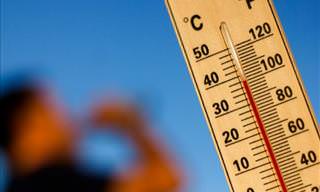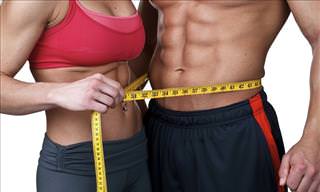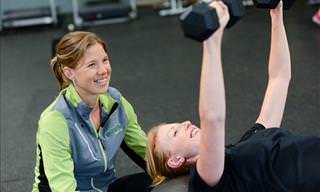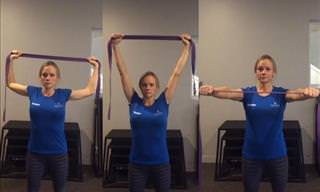It doesn’t matter if you’re a runner, a yogi, or simply someone who enjoys a long morning walk, be careful when you exercise in hot weather. Rising temperatures increase one’s risk of heat-related illnesses. Those who engage in outdoor sports activities and those who usually exercise indoors without air conditioning should be especially careful in the summer.
Adjusting your exercise routine and your workout outfit, as well as being mindful of your health and fitness condition can ensure that you stay safe as you're exercising in hot weather. These useful tips will walk you through 5 of the most crucial changes to consider.
How exercising in hot weather is different
In short, extreme heat puts strain on the cardiovascular system. When the body temperature rises, our heart has to work harder to send blood to the skin and help the body sweat and cool off. High humidity can make temperature regulation more difficult because it prevents sweat on your skin from evaporating.
Exercise can further increase the body temperature and requires more blood to circulate through the muscles. This way, exercise increases your heart rate too. All of these factors combined make it more likely for you to experience heat-related illnesses when you’re exercising in hot weather. The following tips will reduce that risk and urge your body to cool off while you’re exercising.
1. The best time of day to exercise
Avoiding exercise during the hottest time of day, which is between 10 AM and 3 PM is one of the best things you can do. The best time to exercise in the morning is around sunrise, as this is usually the coolest part of the day.
If you’re not a morning person, go out on your daily walk or bike ride at sunset or later in the evening. Temperatures are not as cool as they are in the am at this time, but the heat is still more bearable than it is around noon. Lastly, plan your exercise location or route in the shade to avoid excessive sun exposure.
2. Wear the right clothing
There are two important characteristics to consider when choosing your summer workout clothing - color and breathability. Dark colors absorb the sun’s heat and light colors reflect it. For this reason, it’s best to choose white or light-colored clothing in the summer.
Make sure that your workout outfit has a loose fit and is made of lightweight and sweat-wicking fabrics like polyester. This will help your skin breathe and cool the body off faster while sweating. Wearing a sun hat, cap, or headband will also help keep your head cool, and well-fitting pair of sunglasses and water-resistant sunscreen will protect your skin and eyes from UV rays.
3. Know when to skip outdoor activities and exercise
Sometimes, the weather is just too hot to go outdoors or do any physical activity, and that’s alright too. If your local weather channel posted a heat warning, taking a day off from exercise is probably the best decision. This is especially true if you already have an underlying health condition or take medications that make you more vulnerable to heat.
Heart disease and diabetes, for example, can make you more prone to get heat-related illnesses. Listen to your body and be mindful of your wellbeing when the weather is really hot. Fatigue, headaches, and confusion are all signs of heat-related illnesses like heat stroke or heat exhaustion. For more information about heat-related illnesses, read our article Staying Safe in the Summertime.
4. Slow down
Since the body diverts a lot of the blood flow from the muscles to the skin in hot weather, it’s common for athletes to perform slightly worse in hot weather. So don’t be surprised if you notice that you can only go through half of your normal workout or a third of your daily route. Consider slowing the pace down and let your body adjust to summer temperatures gradually.
Besides, it’s safer to discontinue a workout midway than muscle through fatigue and other alarming symptoms. This is especially important if you take medication or suffer from an underlying health condition. Consult your physician if you’re not sure whether or not you should be exercising.
5. Stay hydrated
It seems almost trivial to point out, but make sure that you drink enough water when you’re exercising in the summer. This will increase the blood volume a bit, and it will compensate for all the liquids you’ll be losing as your body perspires during the workout too.
Experts recommend the following drinking schedule:
Start by having 16-20 ounces (around 0.5 l) of water a few hours before exercise, and then drink 3-5 ounces (100-150 ml) of water every 20 minutes of activity. Make sure that you’re bringing enough water for your entire exercise routine (or that water is readily available nearby).
Another great way to stay hydrated before and after exercise is by eating fruit and vegetables, like celery, cucumbers, oranges, and apples. For a list of the most hydrating fruits and vegetables, read our article titled 16 Juicy Foods That Will Hydrate You Nearly as Well as Water. The added benefit of these hydrating foods is that they will be able to replace all the minerals and electrolytes lost during the workout.
Share this article with the fit people you know!
 Go to BabaMail
Go to BabaMail


